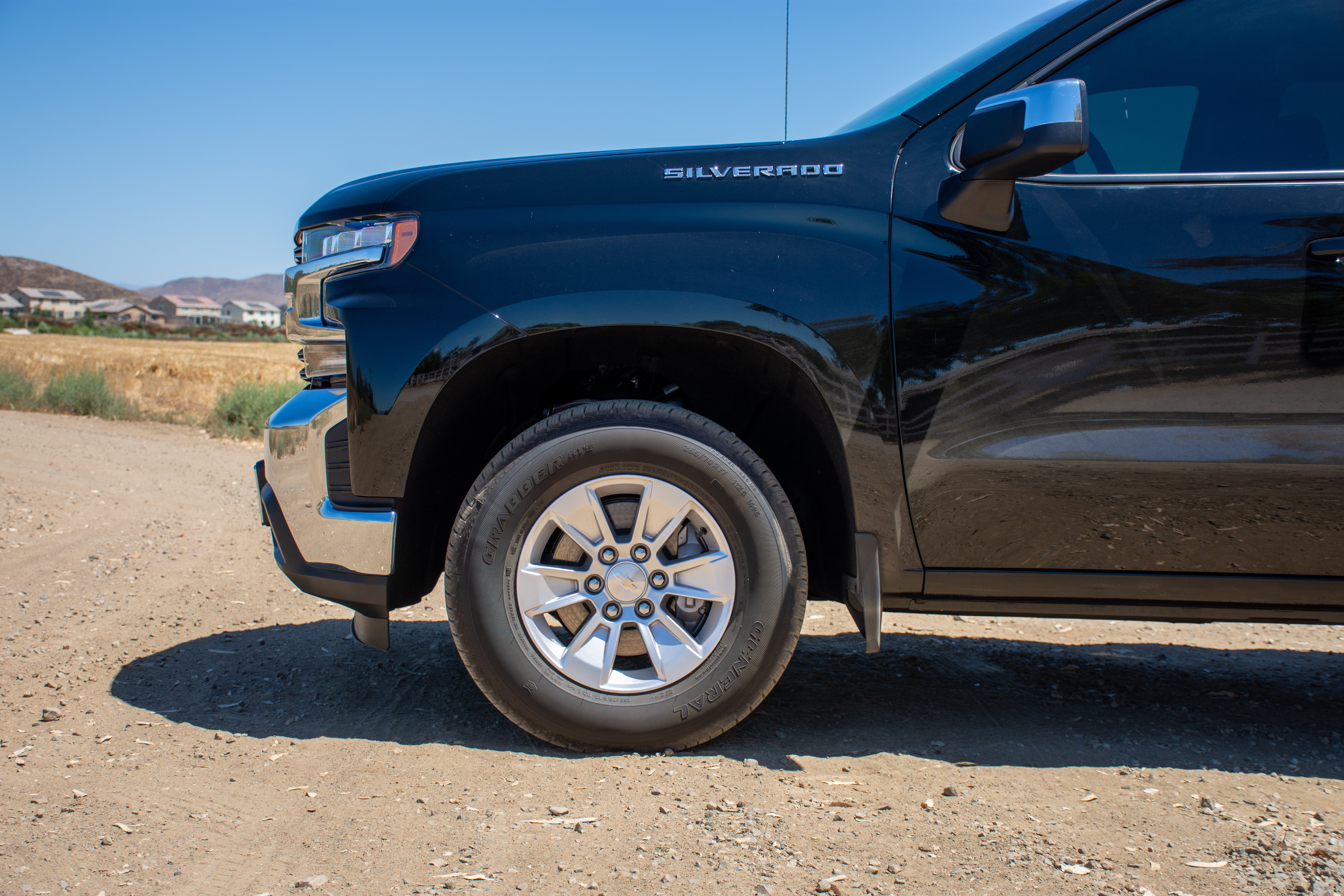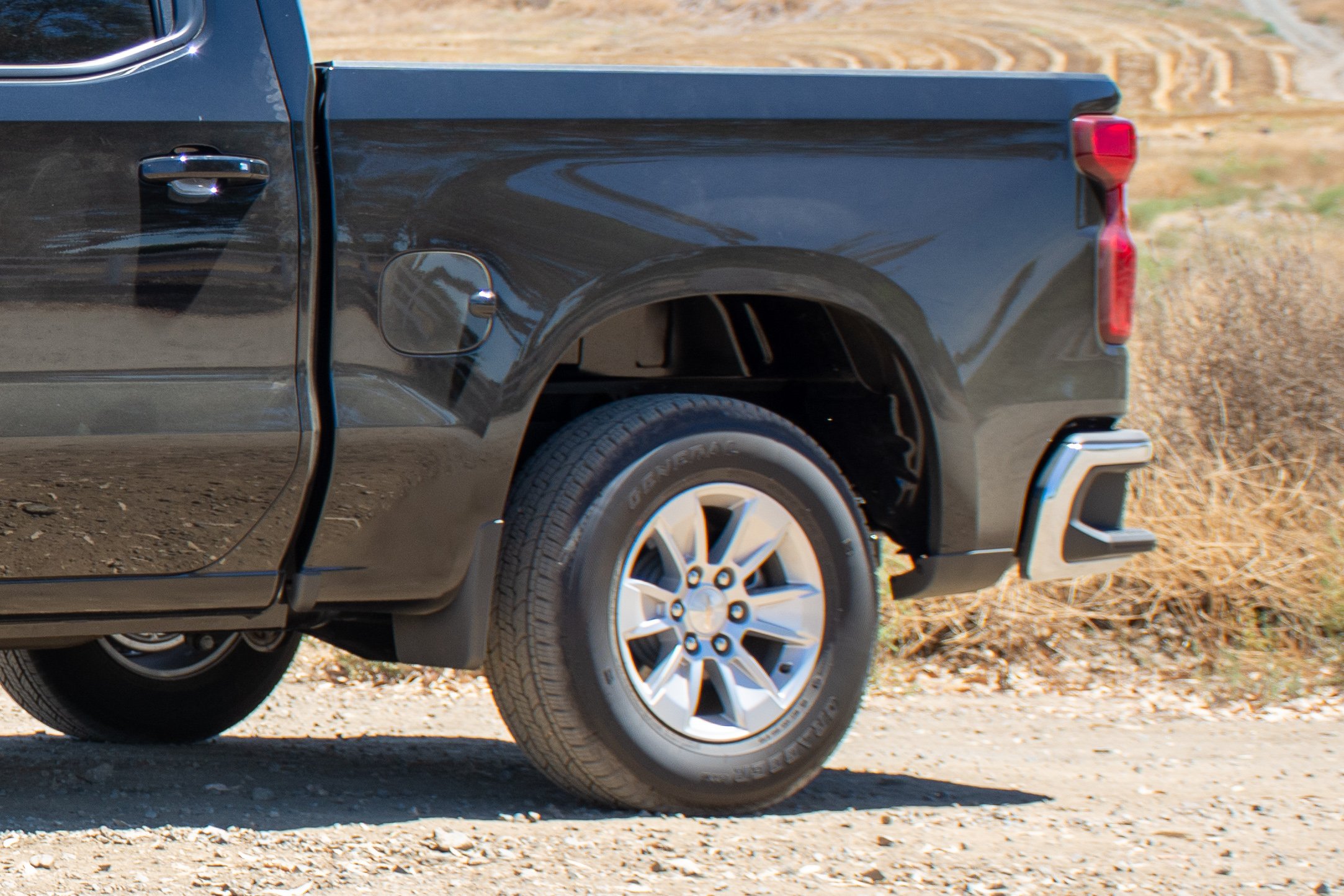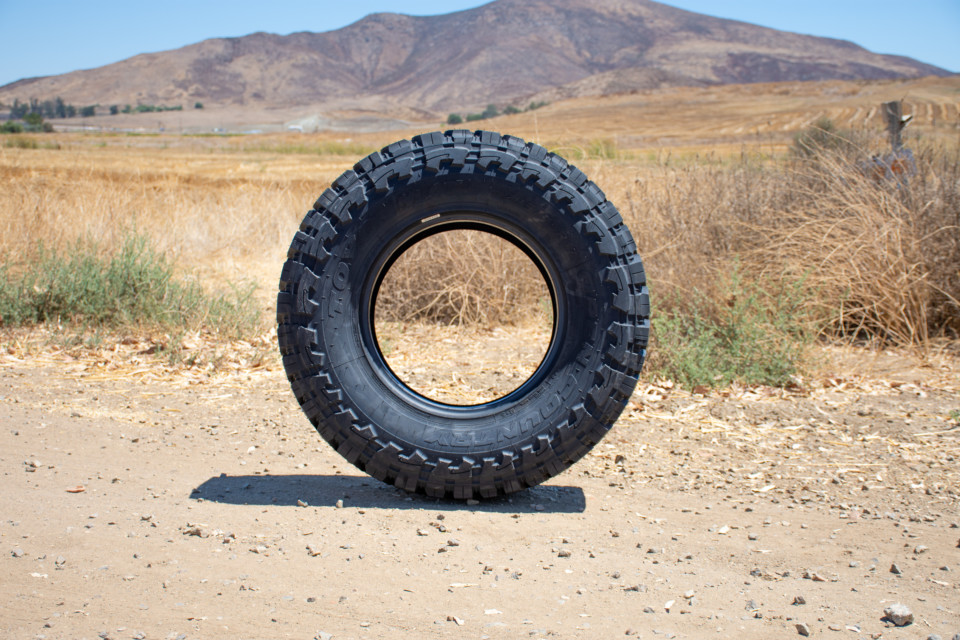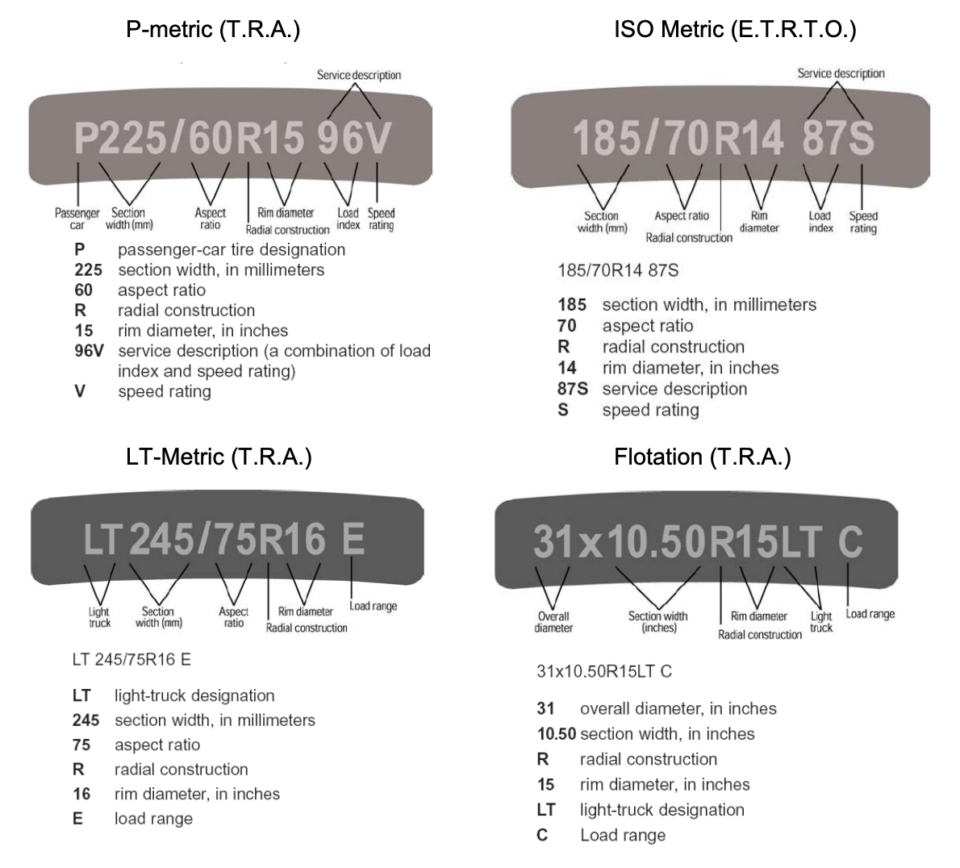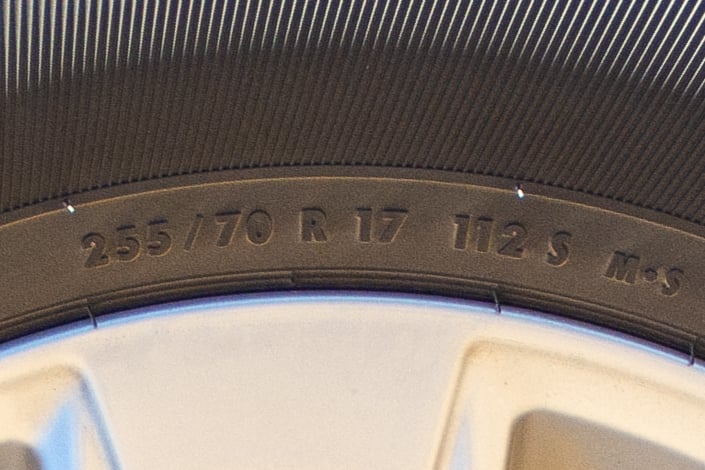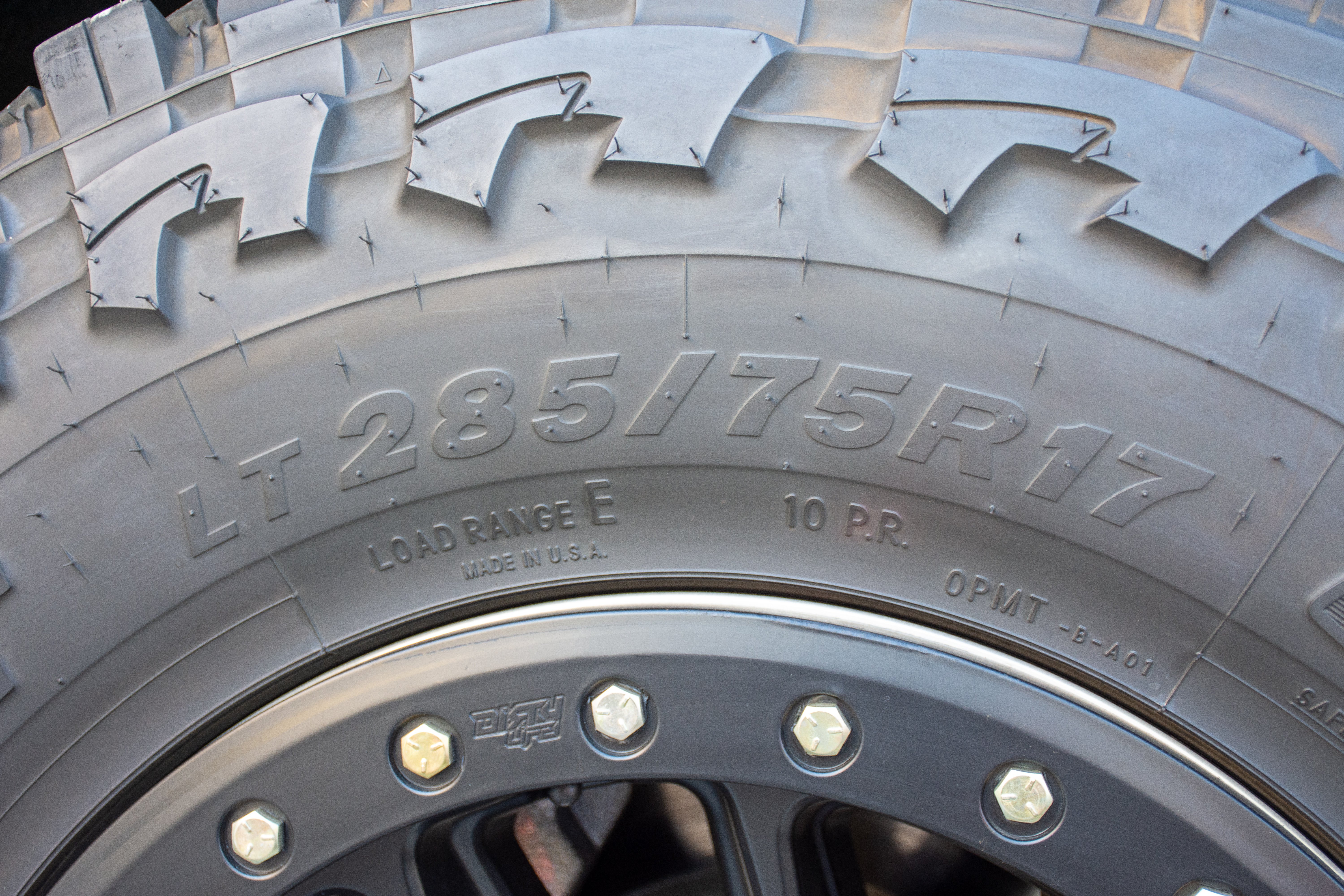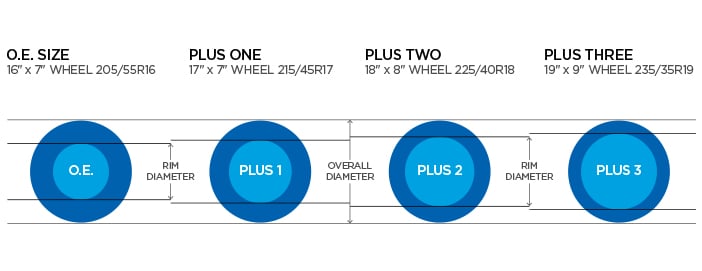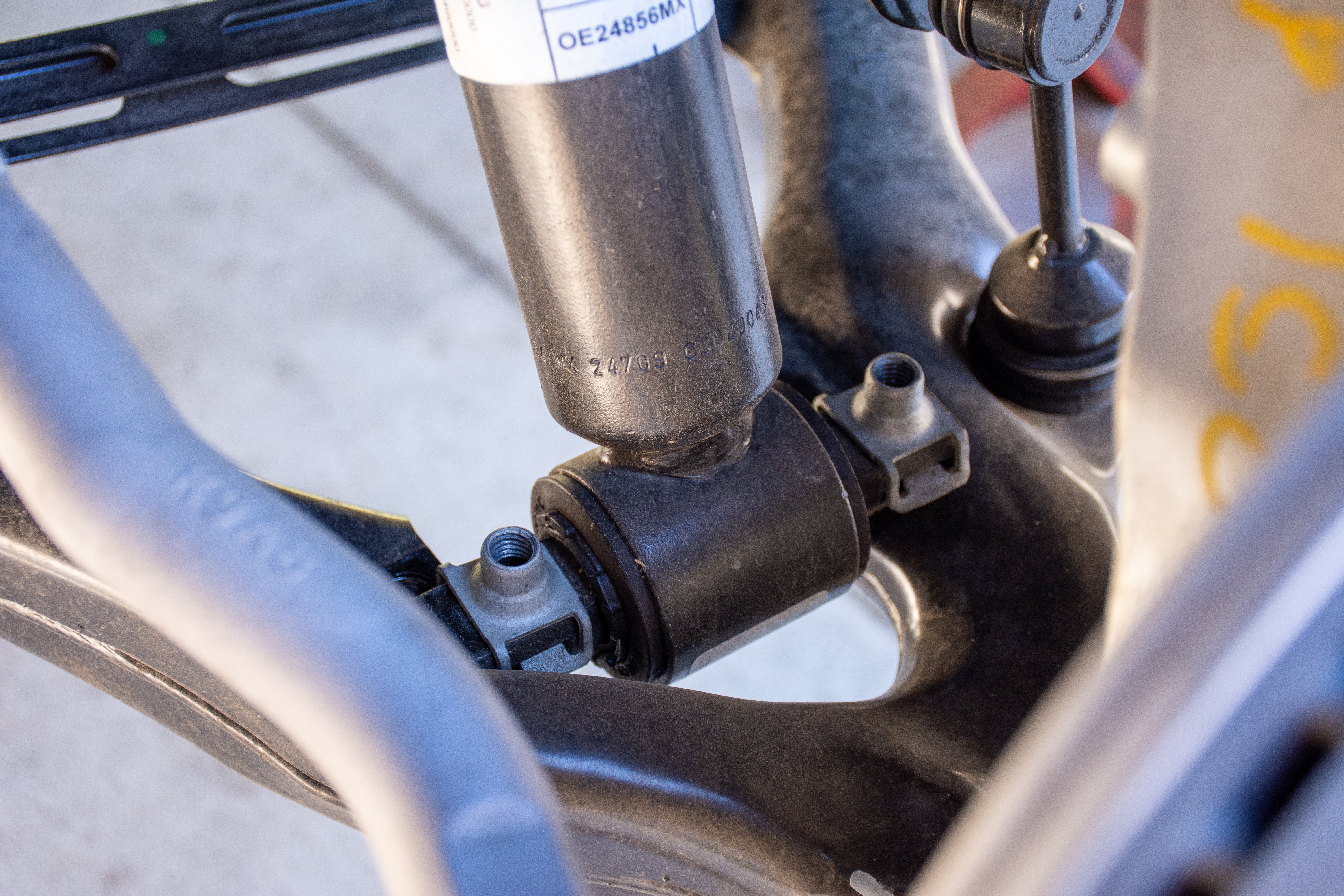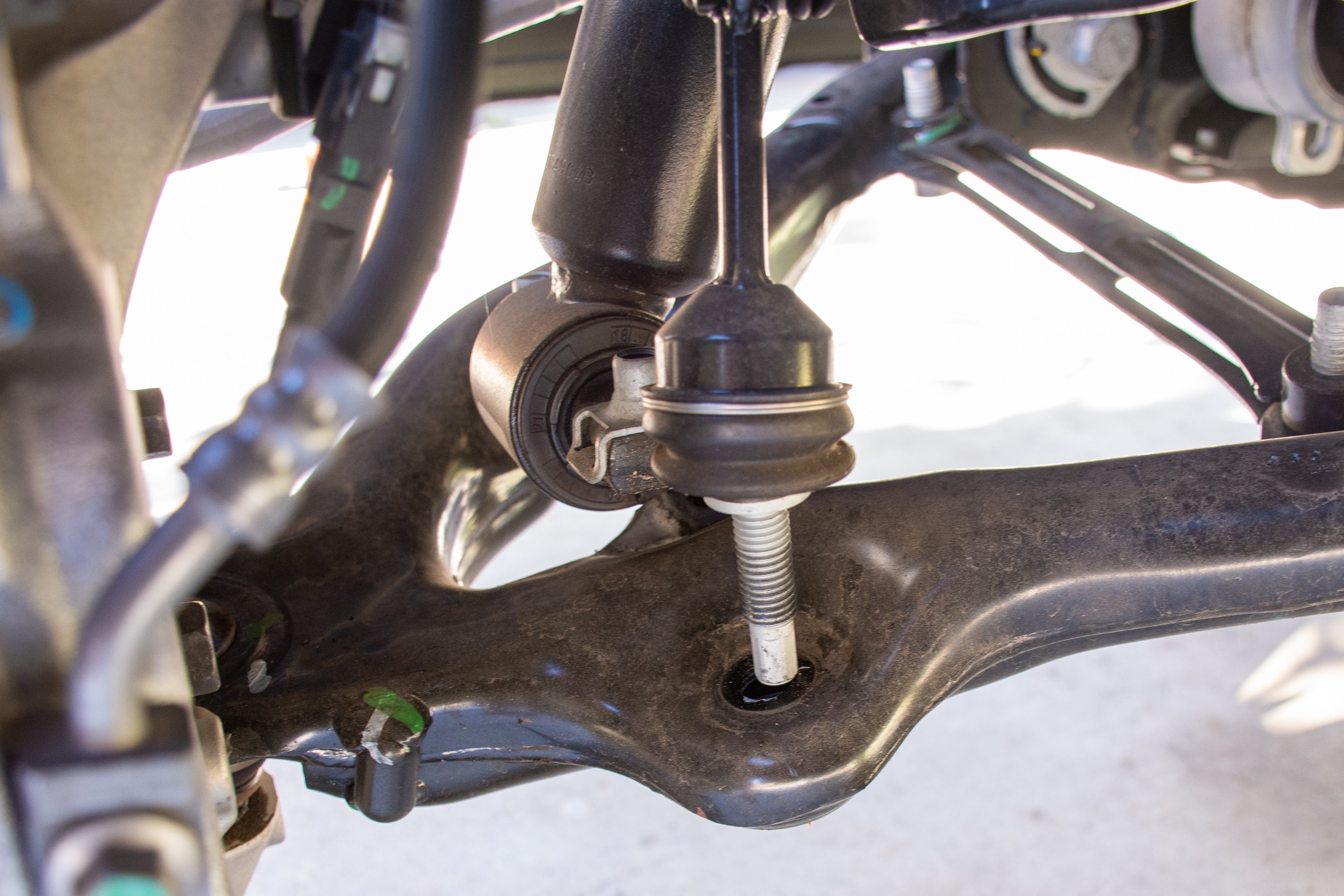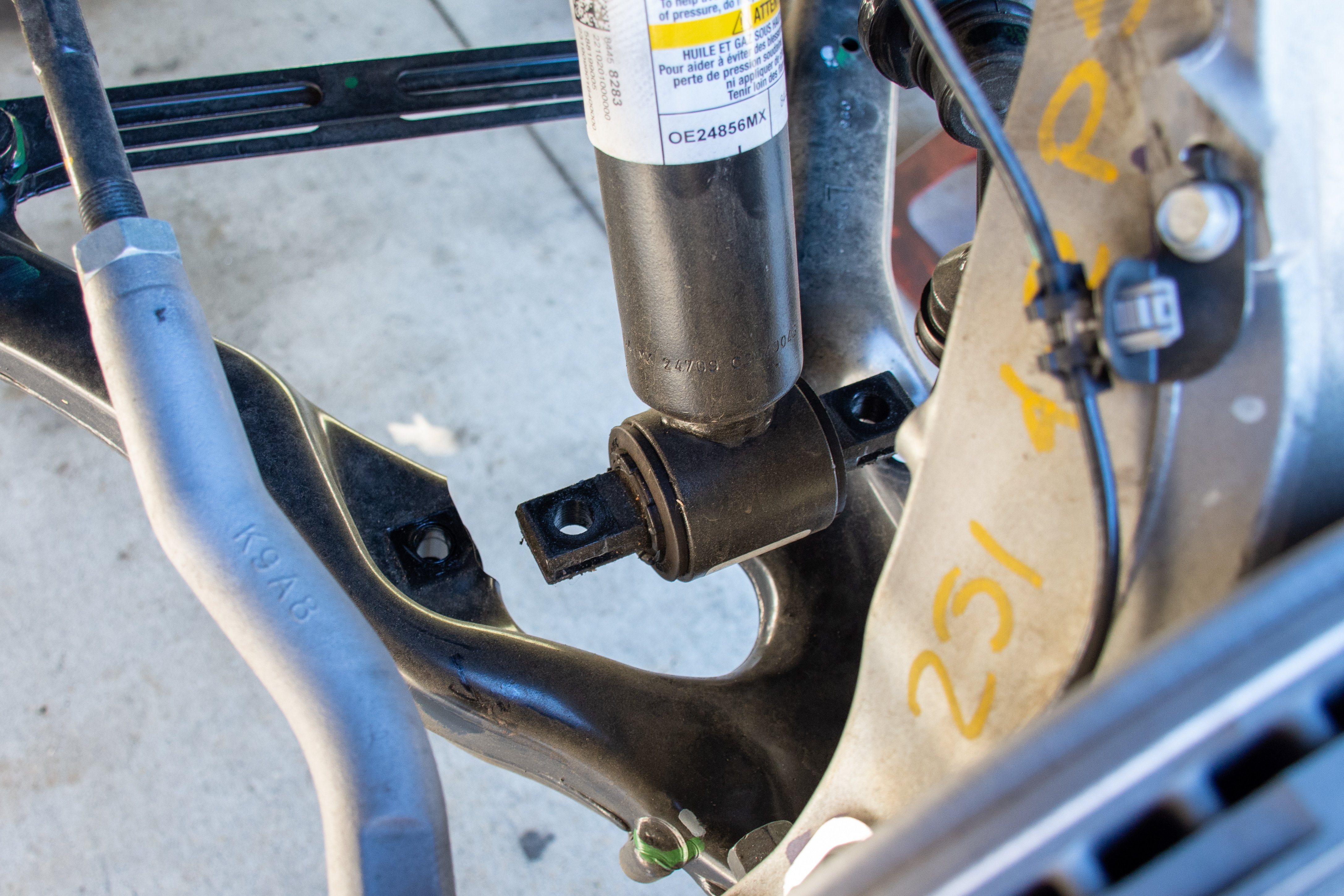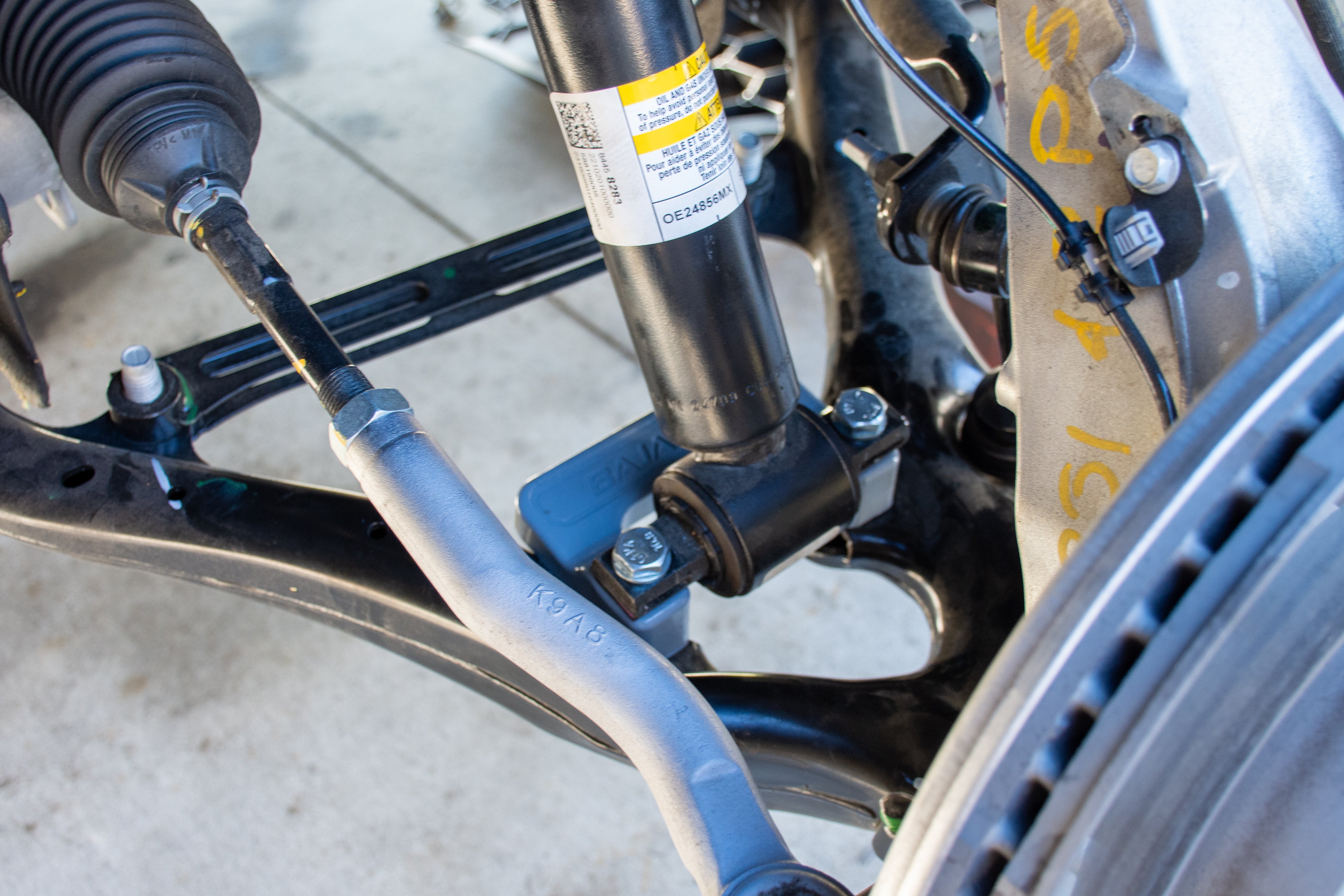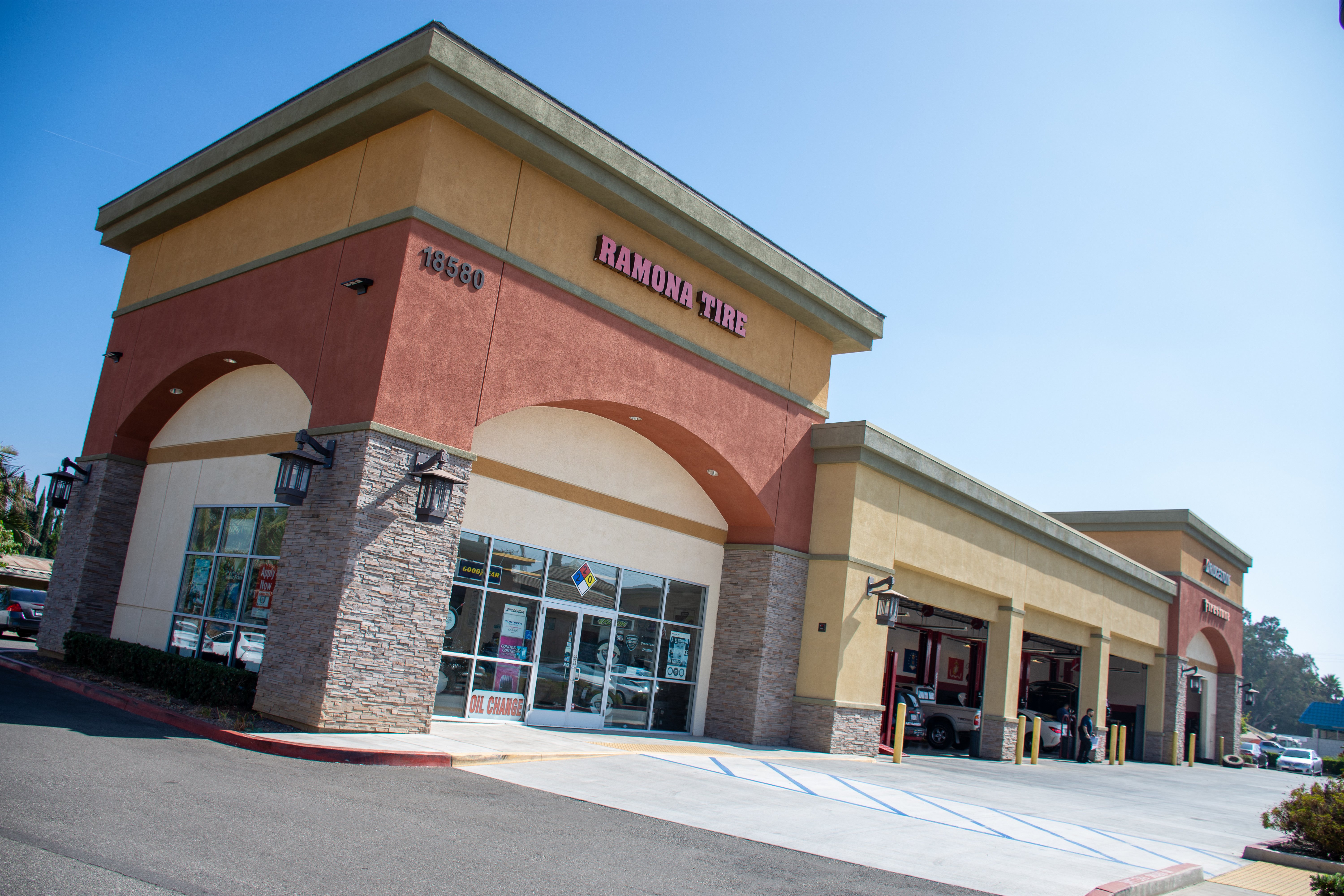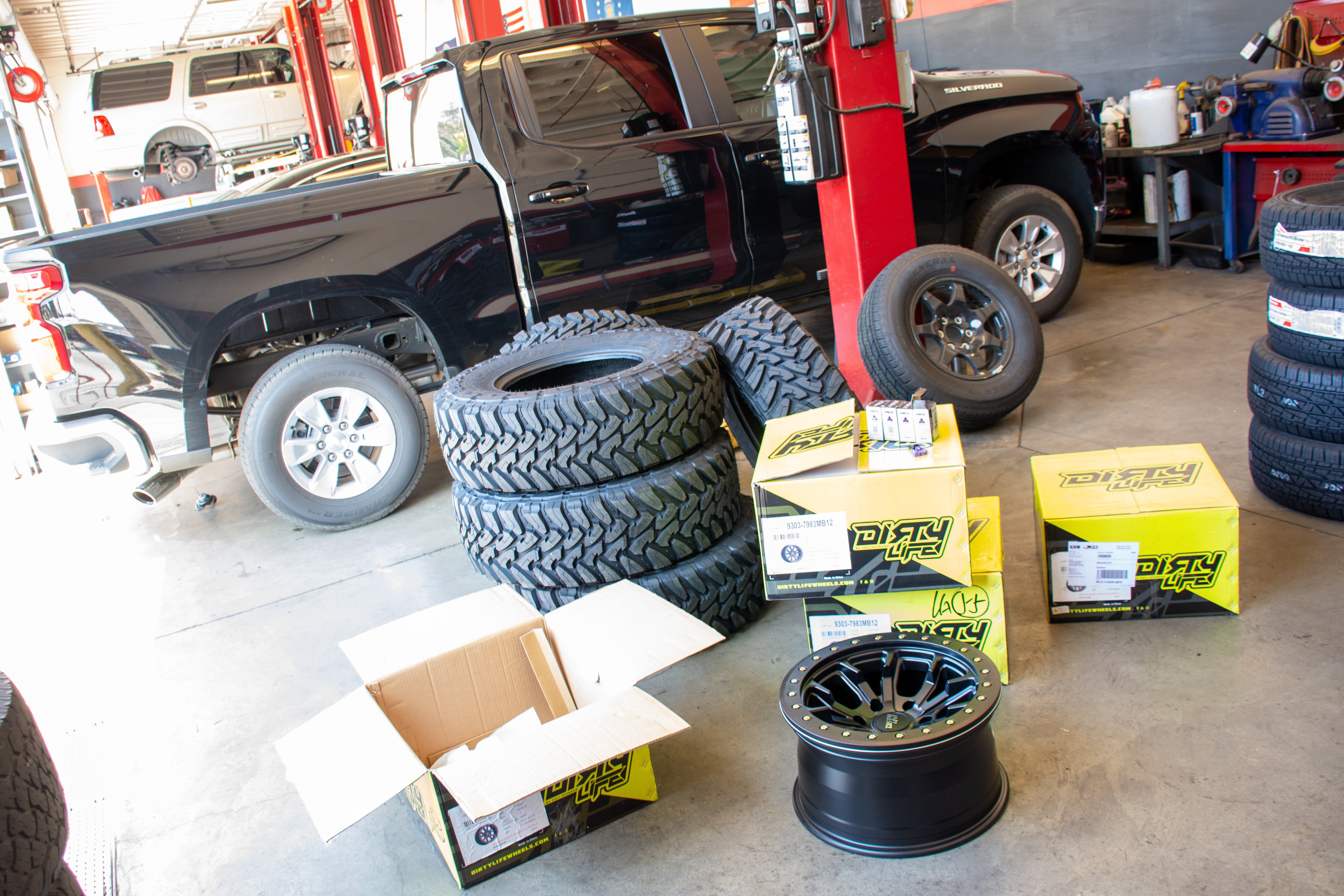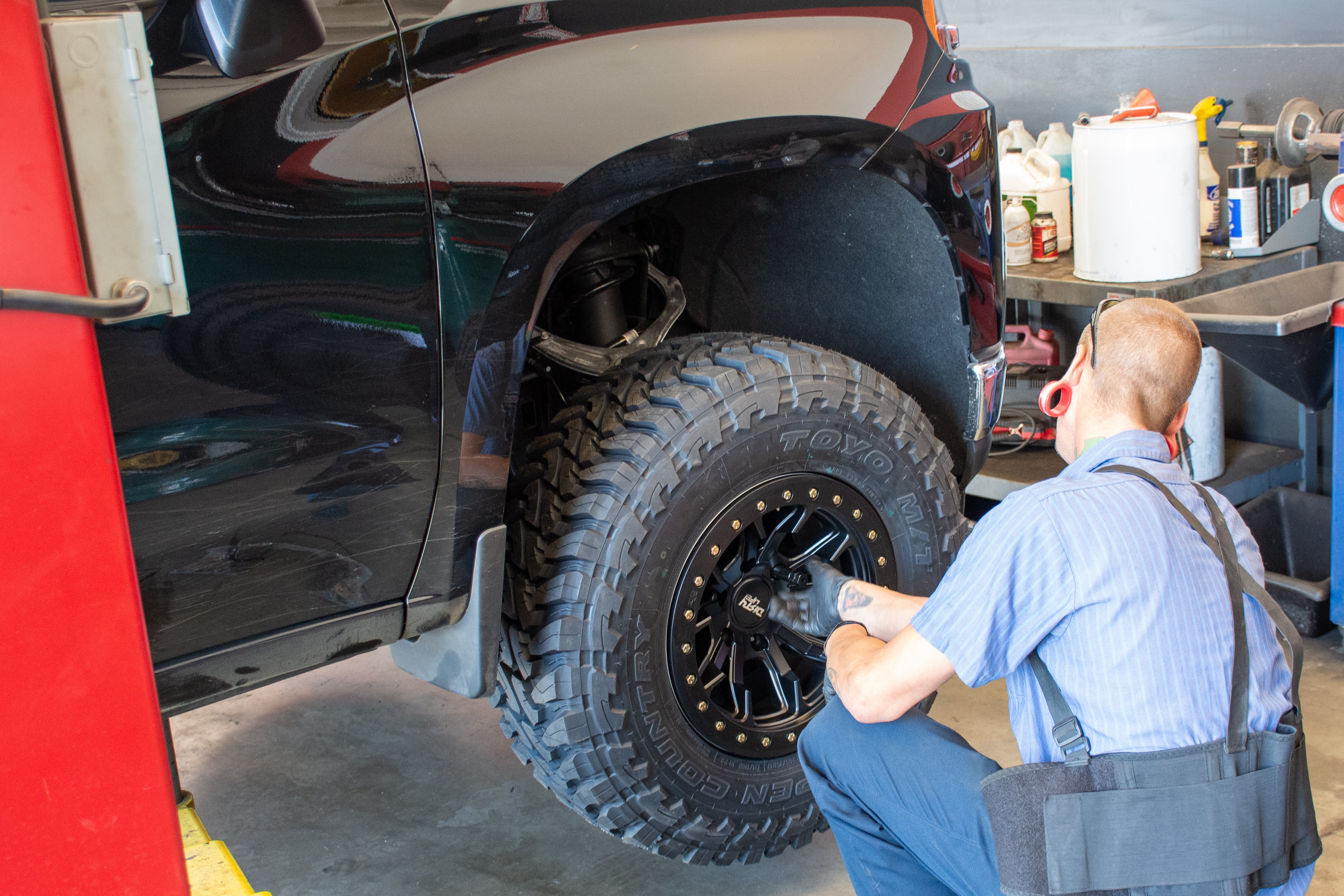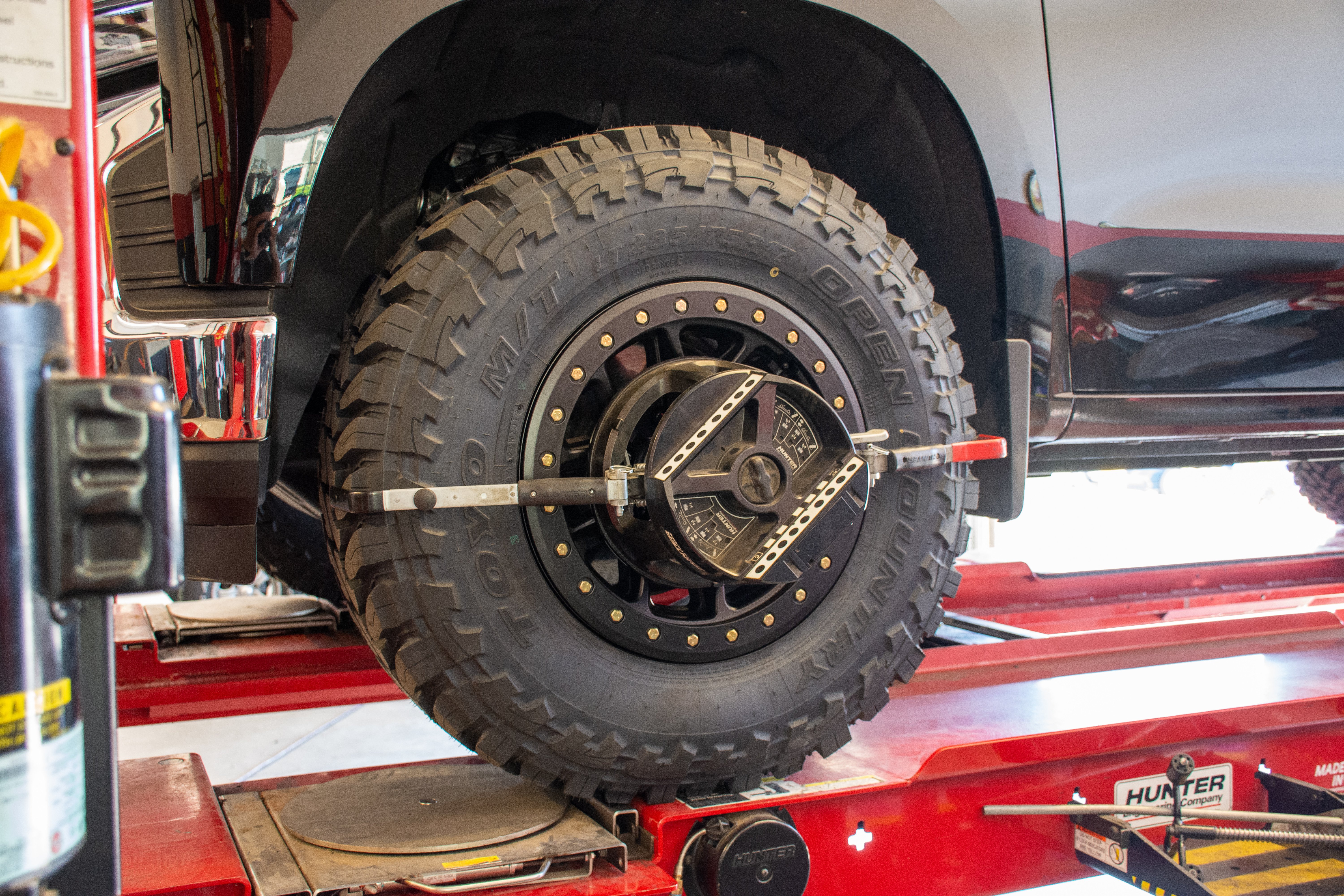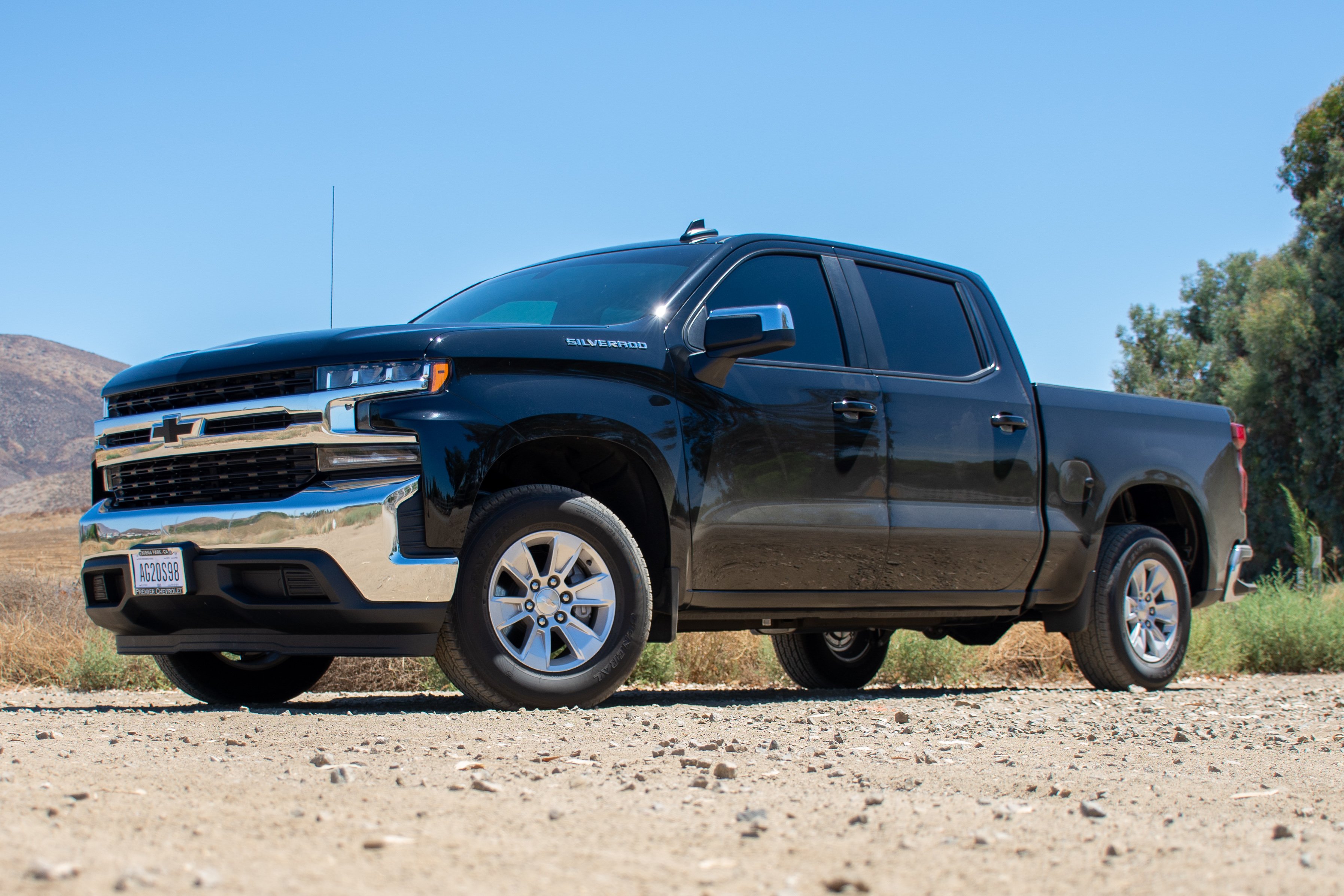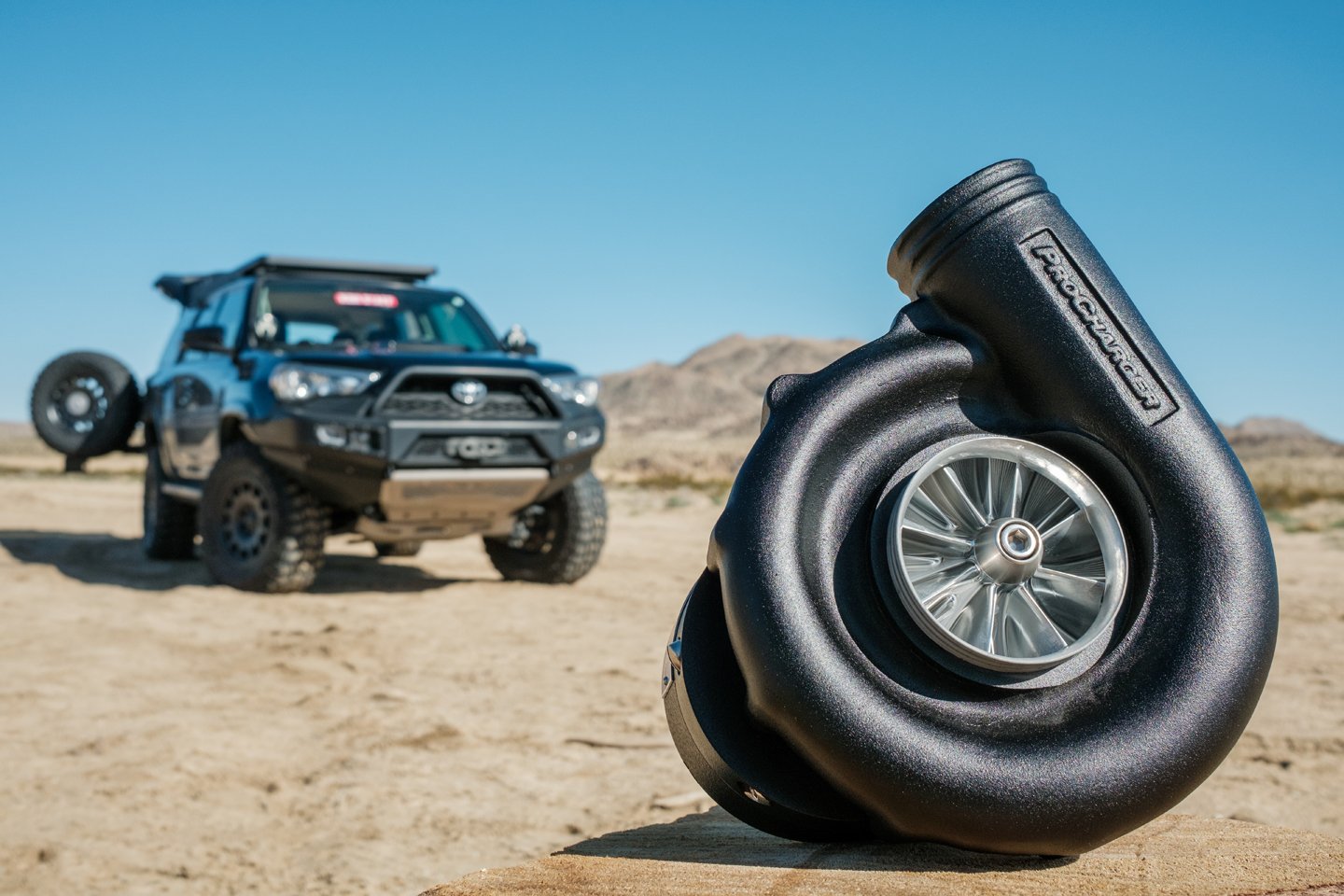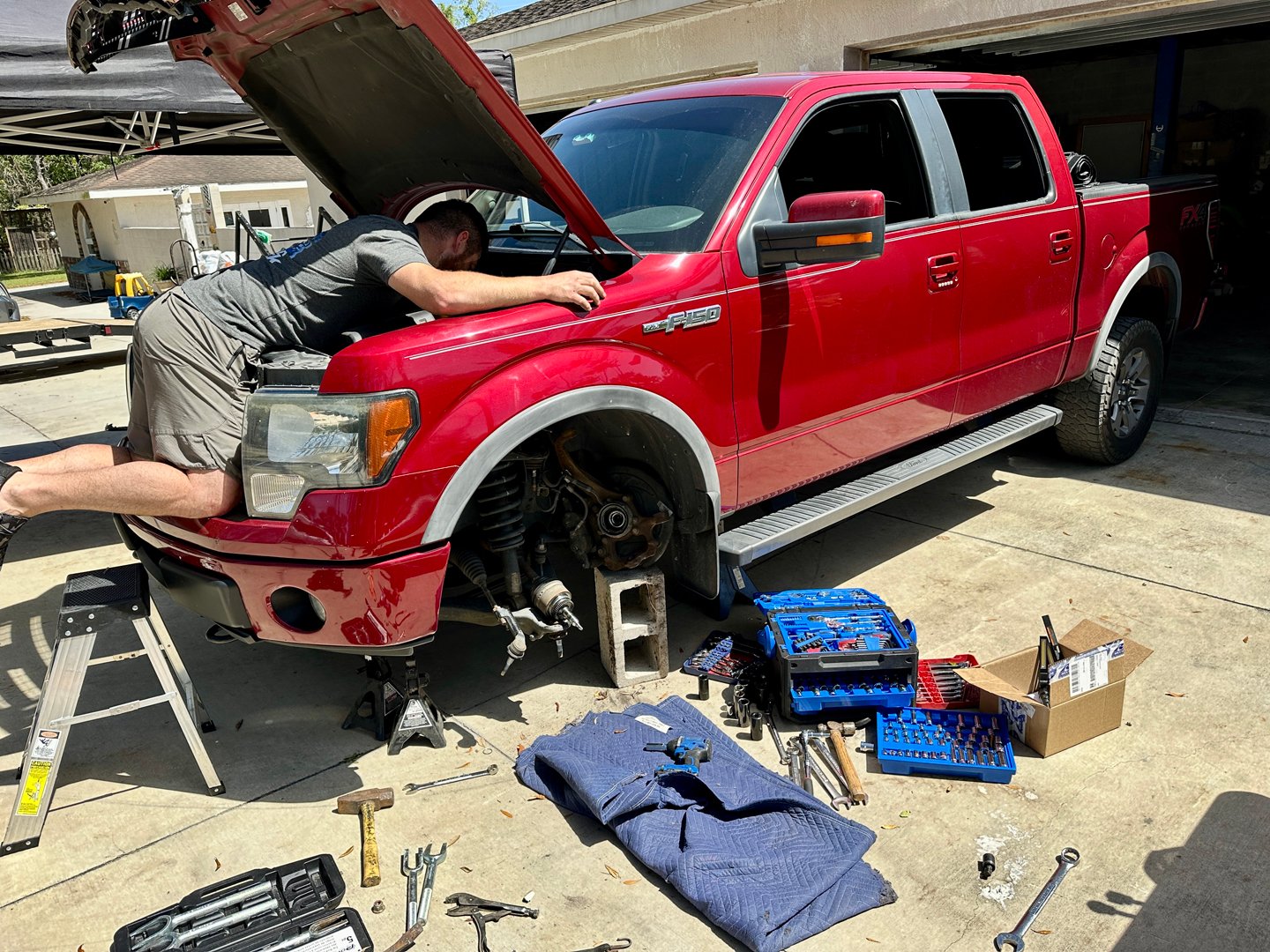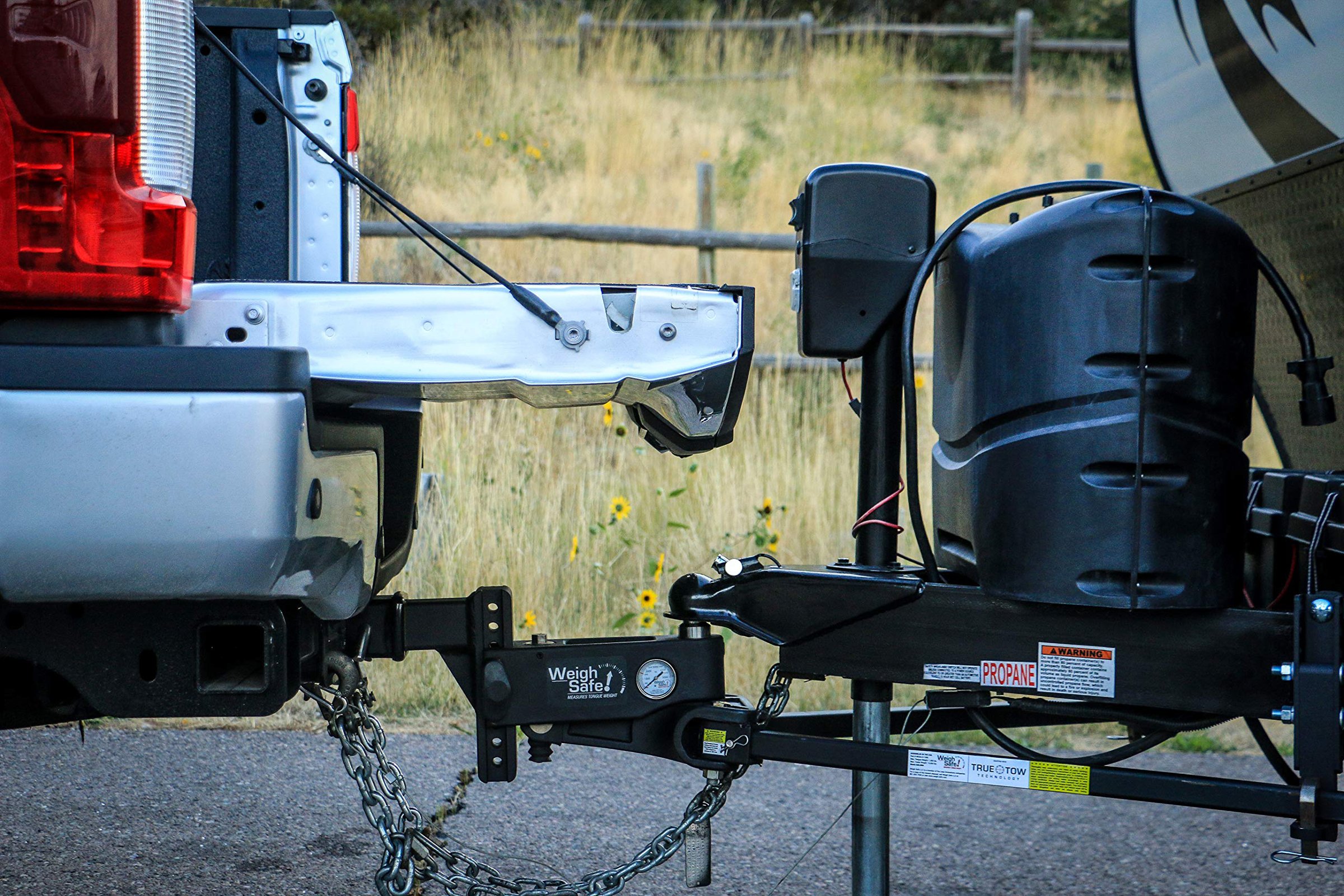One of the easiest and most effective changes that an automotive enthusiast can do to change the look and personalize their ride, is to change the tires. With the help of Toyo Tires I find out how to determine an appropriate size tire for the vehicle, which is not always easy when you’ve already decided not to stick to the factory size.
There are several questions that need to be answered to help steer you to the correct tire for your application. First, you need to identify the intended use of the vehicle. This will help direct you to a highway tire, all-terrain, hybrid or mud terrain tire. Next, you set targets for overall size and chose a tire that will fit the vehicle and more importantly, safely caries the load the vehicle was designed for.
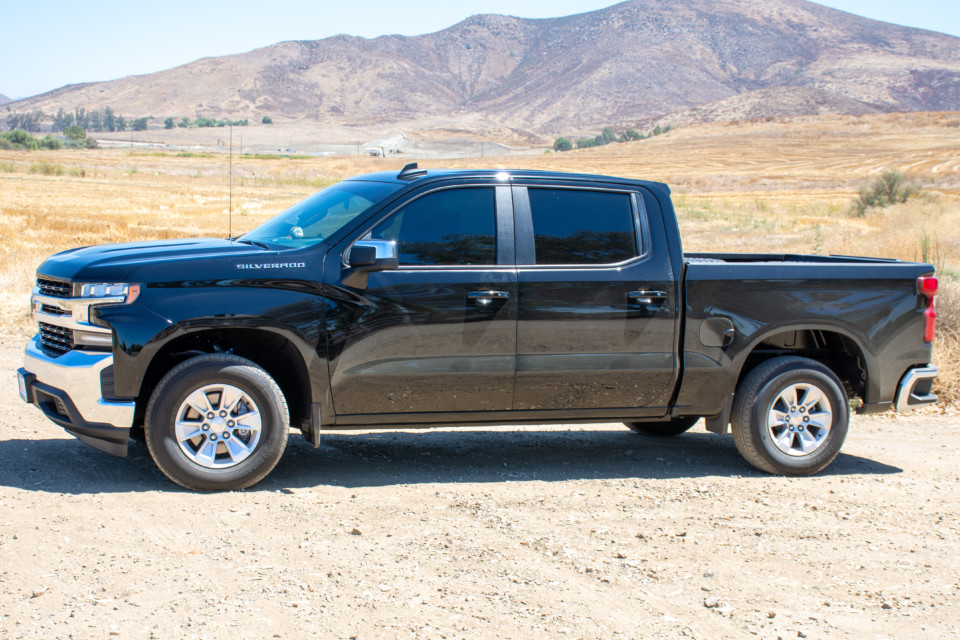
Picking a tire for a new vehicle can be a stressful situation, but with the help of Toyo Tires’ Right Sizing that decision just became easier.
The last thing anyone wants is to pull out of the tire shop, turn on to the road and hear rubbing. I had the chance to speak with Todd Bergeson, light truck tire product manager at Toyo Tire USA Corp. to get an understanding of how to pick the right tire. Choosing the correct tire for a new vehicle, among all the choices out there, can seem overwhelming, but with the help of Toyo Tires’ Right Sizing options, that decision just became easier.
“Toyo has been working hard to come up with viable solutions to allow consumers to achieve the look, size, and performance they dream of, with a tire that is properly load rated for their vehicle,” Bergeson explained. “We have come up with the nomenclature ‘Right Sizing,’ and it refers to Toyo producing a tire that is engineered for the application it is intended for. Toyo is now producing ‘Right Sized’ tire options in the Open Country A/T II all-terrain tire for various SUVs, pickups, and soft-roaders like the overlanding segment which appreciates this kind of application.”
The factory wheels and tires were not going to cut it for this truck.
To put this to the test I looked to find a new, larger tire for our 2019 Chevrolet Silverado. I knew that I wanted something larger than the factory 255/70R17, but not something massive where tons of modifications would need to be done. I wanted the truck to look clean and be functional as it would be seeing time in the dirt, but also on the road and everyday use.
Our new Silverado was designed to drive great from the factory and the engineering that goes into them is top-notch. The last thing I would want to do is to disturb the excellent ride characteristics of our new truck, just to achieve a tougher, more personalized look. Like most customers, I want to “have my cake and eat it too.” I didn’t want to compromise on the ride and noise, just to get a better look. Lucky for us, Toyo Tires uses sophisticated computer design software and simulators to develop quiet, yet aggressive looking tread patterns.
LT vs. P-Metric
The Tire and Rim Association Inc. is the technical standardizing body of the tire and rim manufacturers of the United States. Simply put, LT or P-Metric refer to the tire type of service. LT designates a tire primarily intended for service on a Light Truck and P being designated primarily for service on passenger vehicles.
“It is important to know that there are some significant tire construction and inflation pressure requirement differences between LT and P-Metric tires,” Bergeson said. “In the case of a 1/2-ton pickup truck, the majority of OE vehicle manufacturers choose to outfit their trucks with a P-Metric tire.”
“There are several reasons a manufacturer would choose the P-metric tire for what we think of as a light-truck,” Bergeson continued. “First of all, the P-metric OE tire is plenty capable of carrying the maximum load the truck is designed and rated for at a lower psi than would be required for an LT-metric to carry the same load. With lower psi requirement, the ride will be more compliant. The P-metric tire is lighter weight, with helps with fuel economy and acceleration and braking responsiveness.”
“Additionally, a lighter, more compliant tire will be less harsh and therefore less abusive on suspension components, joints, bushings and body mounts over time,” Bergeson explained. “The P-Metric tire that is equipped as OE on modern pickups and/or SUVs are rated specifically for those trucks. And due to the design, they are best suited for the maximum weight and capacities of the 1/2-ton pickups. On the other hand, LT tires are intended for more severe use and heavier loaded conditions. To achieve the higher loaded capacity, higher inflation pressures are required. Both LT and P-metric load and inflation standards have been established by the Tire and Rim Association (TRA), of which Toyo Tires is a member.”
In the past, if you wanted to upgrade your truck with All-Terrain tires, for example, you would have to convert your truck from P-metric to LT-metric, simply because some tire makers back then and some still today, only produce these tires in LT-metric. Fast forward to today, the new trend is for customers to upgrade their small SUVs and CUVs for use off-road.
These vehicles are all unibody construction with relatively lightweight suspension components. It doesn’t seem right and it really isn’t right to put an LT-metric tire on these vehicles, but without an alternative, consumers will do it, to achieve the look and off-road traction they want and need. Thankfully, Toyo Tires offers tires within their Open Country lineup to fit these SUVs and CUVs in a more appropriate P-metric or Euro-metric option. Euro Metric is more similar to P-metric construction and meets a European standard.
“On a 1/2-ton chassis or smaller, staying with a P-Metric allows you to retain the OE ‘placard’ air pressure that has been set by the vehicle manufacturer to support its rated load-carrying capacity,” Bergeson said. “The engineers designed and developed these vehicles around that P-metric tire, so it will ride and drive the best with the same tire. If you go bigger or change the metric standard, you will change the ride and driving characteristics.”
“Your 1/2-ton truck’s ride will be significantly better with a P-Metric or Metric tire when compared with the installation of an LT fitment on that chassis,” Bergeson continued. “Traction is better, as the contact patch will be more effective due to the correct ‘inflation-pressure to vehicle-weight’ relationship.”
Depending on your truck model and how it is built, it may have come equipped with either a P or LT tire. Always consult your vehicle’s placard and/or owner’s manual when trying to determine the correct tire for your application.
Reading the sidewall of a P-Metric (left) and LT (right) tire.
“As a rule of thumb, an LT-metric tire can be installed on a lighter weight 1/2-ton or smaller chassis, but the ride quality will generally degrade, wear and tear on suspension parts will increase and the heavier weight will change the responsiveness,” Bergeson said. “It should be noted that you are never to install a P-Metric or Euro-metric tire on any vehicle that came originally equipped with an LT-metric tire, as they are not properly load rated for such a chassis.”
Another big difference between an LT and P-Metric tires is how it will hit your wallet. The cost of the P-metric is lower than the LT tire of the same size. Sticking with a P-Metric tire may make more sense and have some additional cost savings.
Plus Sizing And How It Affects Your Vehicle
Everyone has been there once before, wanting to put the largest possible tire on their truck, get everything installed, go to turn the wheel, and you end up back under the truck trimming and cutting away to make it clear. I decided that I was unwilling to cut anything on my brand new beautiful 2019 Silverado, but I wanted a larger tire.
To determine the size that I needed for my truck I used Toyo’s Find Tires section on their website where I was able to determine which plus size was right for me. The chart below breaks down what different plus sizing options are out there and how they are calculated.
Plus Sizing
Plus Zero: If the wheel diameter remains the same and only the width is increased it is called “Plus Zero.”
- Increase the section width and lower the aspect ratio while retaining the wheel diameter.
- This replacement tire increases the contact area and lowers the tread profile for improved traction and quicker response.
Plus One: If the wheel size is increased by one inch it is “Plus One.” This sizing mounts tires with an increased section width and a lower aspect ratio on wheels of a larger diameter. A Plus One fitment for a car with 16-inch original equipment wheels would use 17-inch wheels. As a general rule of thumb, Plus One sizing:
- Increases section width by 10 mm.
- Decreases aspect ratio by 10 points.
- Increases rim diameter by 1 inch.
Plus Two: If the wheel size is increased by two inches it is “Plus Two.” For example, a Plus Two fitment for a car with 16-inch original equipment wheels and tires would be 18-inch wheels and tires. As a general rule of thumb, Plus Two Sizing:
- Increases section width by 20 mm.
- Decreases aspect ratio by 20 points.
- Increases rim diameter by 2 inches.
Plus Three: If the wheel size is increased by three inches it is “Plus Three.” For example, a Plus Three fitment for a car with 16-inch original equipment wheels and tires would be 19-inch wheels and tires. As a general rule of thumb, Plus Three Sizing:
- Increases section width by 30 mm.
- Decreases aspect ratio by 30 points.
- Increases rim diameter by 3 inches.
“On Toyo’s website one the Find Tires tab people can search a specific truck by its make, year, model, and even trim to see what was originally specified as an OE size for that chassis,” Bergeson explained. “A Plus Zero reference means a larger size tire is available to properly fit the OE wheel of the truck. That can allow for a slightly larger footprint and/or diameter while all remaining within spec for that truck.”
“In some cases, Toyo uses the term ‘Right Sizing’ to describe a tire developed specifically to fit an OE wheel, but to better fill the fender openings while giving it a more aggressive look and feel,” Bergeson continued. “One example is a P285/55R20 114T size of the Open Country A/T II. This P-metric tire is only offered by Toyo Tires and has an even more aggressive shoulder and sidewall and is a great look and perfect size for trucks such as an F-150, Tundra, Sequoia, and Silverado.”
To correct the Silverado's factory rake we installed Baja Kit's leveling kit. It was super simple to install and we had both sides done in under an hour.
“The tire finder on our website takes into account your vehicle’s OE tire size and its maximum load capacity at placard pressure when making replacement tire recommendations.,” Bergeson said. “The options listed, are based on tire sizes we offer in both OE and plus fitments that will meet or exceed the loaded capacity of your OE tires. When we refer to plus fitments, Plus 1 means the tires will fit a wheel that is one-inch larger in diameter than OE. And depending on what is available, there can be sizes up to Plus Three or greater while maintaining an outside diameter that properly fits the OE wheel well and/or chassis height.”
To be able to get a little larger tire on the truck I installed a leveling kit. The Baja Kits leveling kit was installed underneath the factory strut assembly and in a matter of an hour, I was able to remove the factory rake. It was not a huge lift, but that was not what I was looking for with this truck, I simply wanted it to visually look good. This is very common in the light-truck market, which is why “leveling” kits are so popular.
Toyo’s size references in the Find Tires section of their website are based on the OE chassis heights for all trucks. For that reason, too large of a tire like a 40-inch tire would not be found in those size recommendations as the truck would need to be lifted to accommodate that outside diameter. For custom builders, each individual tire section on the website has an expandable chart that provides all dimensions, weights, load and speed ratings of tires in order to determine the proper fitment in those situations.
Making The Decision
Having the information I needed I picked our tire. I went with an LT285/75R17 Open Country M/T, which is roughly a 34-inch by 11.5-inch tire. The decision to go with this size was done by using the information provided by Toyo and the idea in my mind on what I wanted the truck to look like in the end.
With the new wheels and tires loaded I headed to the Woodcrest Ramona Tire location to get the Open Country M/Ts mounted and on the truck. The factory 31-inch tires looked tiny on the truck from the factory and these new tires would fill the wheel well just right.
The technician at Ramona Tire made quick work of mounting the tires to the wheel, and before I knew it, they were on the truck. I also had the truck aligned to make sure that after adding the leveling kit everything would not create any uneven wear.
A good note to make when installing a leveling kit and brand new tires or any time the suspension is touched on a vehicle is to make sure to get an alignment. Having the alignment specs out of spec can create uneven wear on the tires and cut the life of the tires short.
In the end, I couldn’t be happier with the decision I made for the truck as it came out exactly how I wanted the first time with no rubbing. I am able to turn the steering wheel lock to lock with no issues. The ride of the truck is still as good as it was driving off the lot and I can still squeeze into those low hanging parking structures.
Before and after, what a difference a set of wheels and tires make on a truck like our 2019 Chevrolet Silverado.
For more information on Toyo Tires and to find a tire for your vehicle be sure to visit their website.

